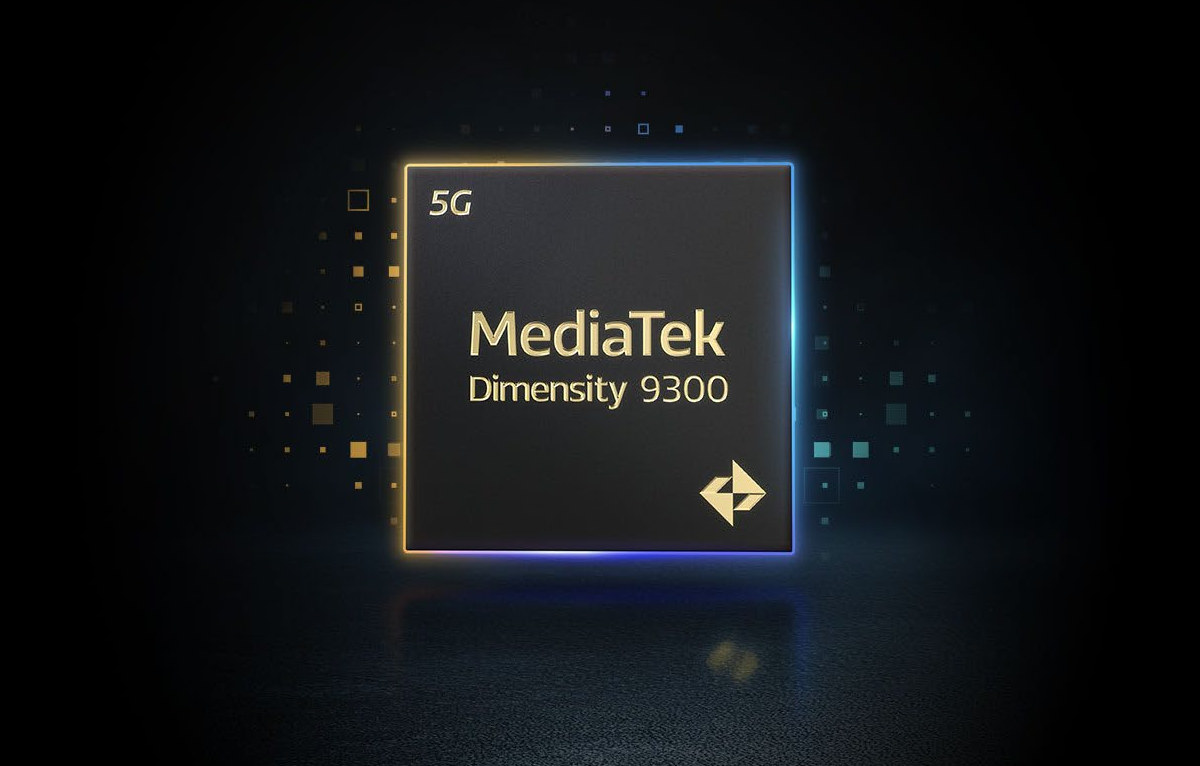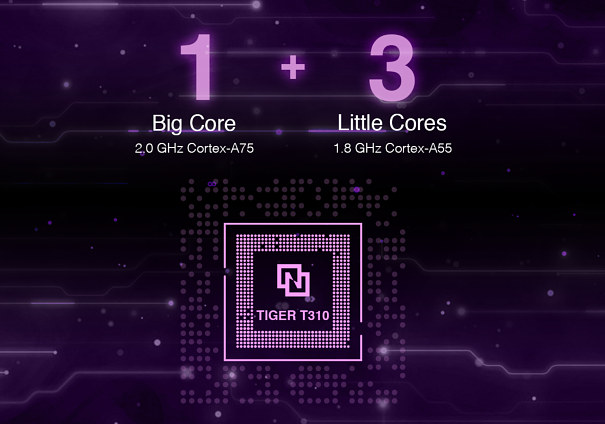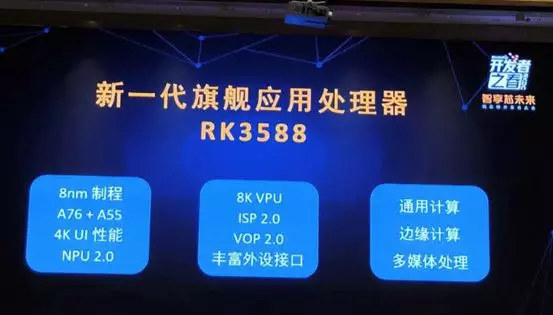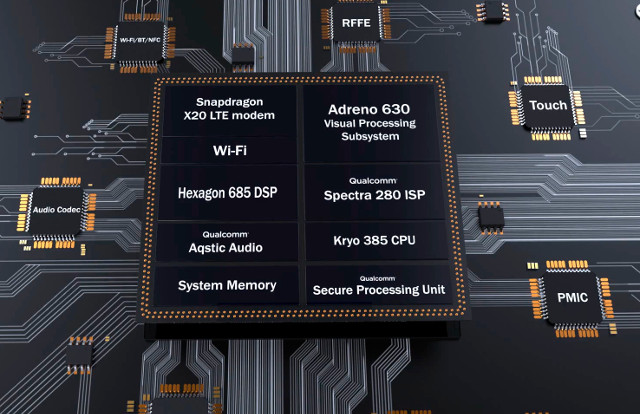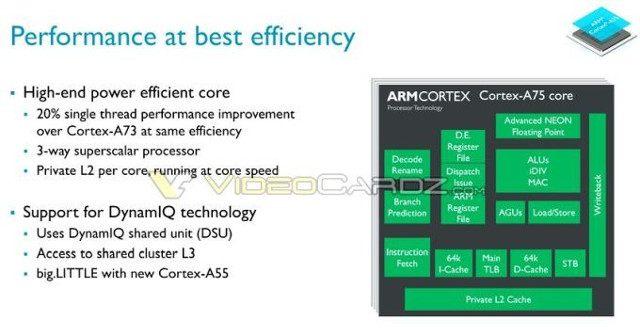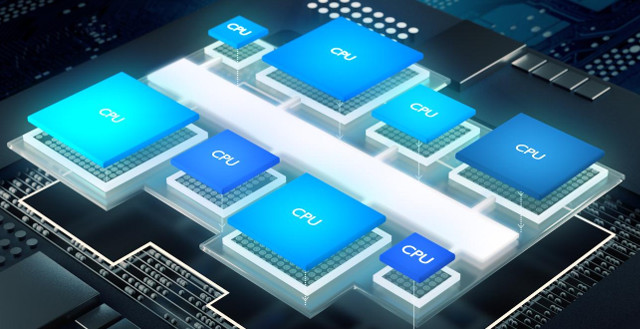MediaTek Dimensity 9300 is a premium octa-core 5G mobile SoC with two clusters of four Cortex-X4 cores and four Cortex-A720 cores, but doing without any Cortex-A520 efficiency core, plus the latest Arm Mali-G720 GPU, and a MediaTek APU 790 neural processing unit (NPU) capable of support generative AI and large language models (LLM) with up to 33 billion parameters. Arm invented big.LITTLE and then DynamIQ technologies in order to mix cores with different power efficiency and performance characteristics in order to improve power consumption. Their latest launches included the Cortex-X4 premium core, Cortex-A720 performance/big core, and Cortex-A520 efficient/LITTLE core, but MediaTek decided to do without the Cortex-A520 in the Dimensity 9300 which strikes me as odd for a mobile SoC where power efficiency is important for a long battery life. MediaTek Dimensity 9300 specifications: Octa-core CPU with DynamIQ 4x Arm Cortex-X4 at up to 3.25GHz 4x Arm Cortex-A720 up to […]
UNISOC Unveils Tiger T310 Quad Core Cortex-A75/A55 DynamIQ Processor for 4G Phones
UNISOC, a company born out of the merger between RDA Micro and Spreadtrum Communications, has recently introduced Tiger T310 processor for 4G smartphones. The quad core processor is somewhat unique as it comes with a single Cortex-A75 core coupled with three Cortex-A55 cores using dynamIQ technology. UNISOC Tiger T310 key features include: CPU – 1x Arm Cortex-A75 core @ up to 2.0 GHz, 3x Arm Cortex-A53 cores @ up to 1.8 GHz in dynamIQ configuration GPU – TBD Cellular Connectivity – TDD-LTE, FDD-LTE, TD-SCDMA, WCDMA, CDMA, GSM Camera – Dual and triple camera support Security – TEE, face unlocking Manufacturing Process – TSMC 12-nanometer process UNISOC Tiger T310 is said to deliver a 120% single-core performance improvement over the current mainstream 4-core processor, and a 20% multi-core performance improvement. The processor’s battery life is said to be 20% better than mainstream 8-core processors, and 15% higher than mainstream 4-core processors […]
RK3588 8K Arm Cortex-A76/A55 SoC, Rockchip Roadmap to 2020
Rockchip had their annual event yesterday offering a view of past achievements, as well as a glimpse into the future with new products announcements. The company is ready to go to the next level with their Rockchip RK3588 featuring Cortex-A76 and Cortex-A55 cores, 8K video decoding support, 4K user interface support, an NPU 2.0 (Neural Processing Unit) manufactured using an 8nm LP process. The processor should have eight cores in a 4+4 dynamIQ configuration according to a tip from “coldfish”, and the new 8nm process is expected to increase performance by 20 to 30 percent, while the power consumption will be reduced by 40 percent. Mass production is expected for Q1 2020. The company also showed a slide with their video encoder/decoder IP, and Gen3 should be in RK3588 since that’s the only one with an 8K 60 fps decoder using either AVS3 or H.266 (VVC). I’m quite confused with […]
Qualcomm Snapdragon 845 Octa Core Kryo 385 SoC to Power Premium Smartphones, XR Headsets, Windows Laptops
Qualcomm Snapdragon 845 processor was expected since May 2017 with four custom Cortex A75 cores, four Cortex A53 cores, Adreno 630 GPU, and X20 LTE modem. with the launch planned for Q1 2018. At least, that what the leaks said. Qualcomm has now formally launched Snapdragon 845 Mobile Platform and rumors were mostly right, as the the octa-core processor comes with four Kryo 385 Gold cores (custom Cortex A75), four Kryo 385 Silver cores (custom Cortex A55) leveraging DynamIQ technology, an Adreno 630 “Visual Processing System”, and Snapdragon X20 modem supporting LTE Cat18/13. The processor is said to use more advanced artificial intelligence (AI) allowing what the company calls “extended reality (XR)” applications, and will soon be found in flagship smartphones, XR headsets, mobile PCs, and more. Qualcomm Snapdragon 845 (SDM845) specifications: Processor 4x Kryo 385 Gold performance cores @ up to 2.80 GHz (custom ARM Cortex A75 cores) 4x […]
ARM Cortex-A75 & Cortex-A55 Cores, and Mali-G72 GPU Details Revealed
We’ve already seen ARM Cortex A75 cores were coming thanks to leak showing Snapdragon 845 SoC will feature custom Cortex A75 cores, but we did not have many details. But since we live in a world where “to leak is glorious”, we already have some slides originally leaked through VideoCardz with the post now deleted, but Liliputing & TheAndroidSoul got some of the slides before deletion, so let’s see what we’ve got here. ARM Cortex A75 So ARM Cortex-A75 will be about 20% faster than Cortex A73 for single thread operation, itself already 30% faster than Cortex A72. It will also be the first DynamIQ capable processor together with Cortex A55 with both cores potentially used in big.LITTLE configuration. Cortex A75 performance is only better for peak performance, and remain the same as Cortex-A73 for sustained performance. The chart above does not start at zero, so it appear as though […]
ARM DynamIQ Improves on big.LITTLE Technology, Supports Up to 8 Heterogeneous Cores in a Single Cluster
ARM unveiled big.LITTLE technology in 2011 which consisted of clusters of low power cores such as Cortex A7 or A53, and high performance cores such as Cortex A15 or A72, with the system assigning tasks to the best processor for the job in order to optimize battery life. big.LITTLE supports up to 4 cores per cluster, and you can mix different types of cores within a single cluster. ARM DynamIQ changes all that as up to 8 cores are supported within one cluster, and you can mix low power and high performance cores within a given cluster. ARM DynamIQ multicore microarchitecture will be available for all new ARM Cortex-A processors starting this year, and targets automotive, networking, server, and primary compute devices. ARM claims it’s especially advantageous for artificial intelligence due to better performance, and autonomous driving due to increased safety, and it allows for much faster response from accelerators. […]


